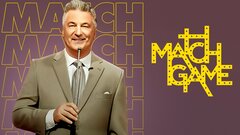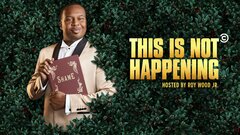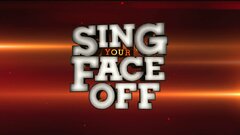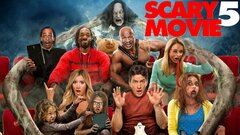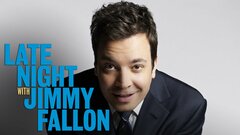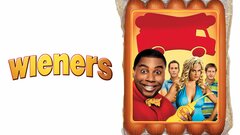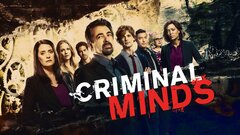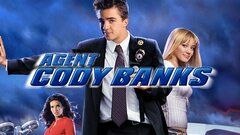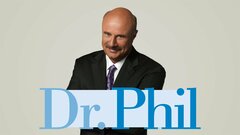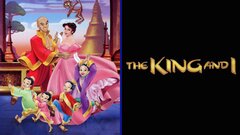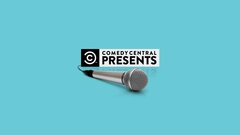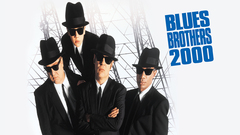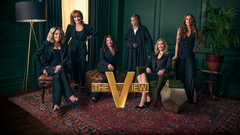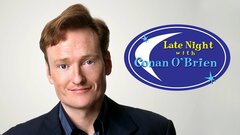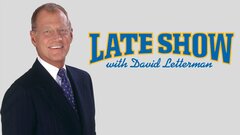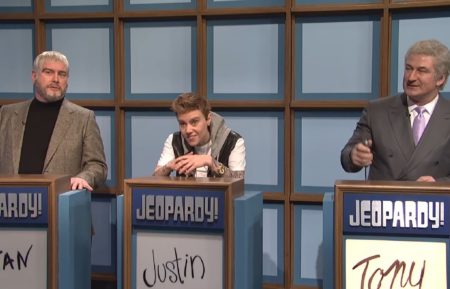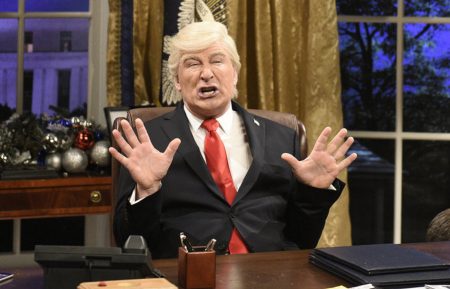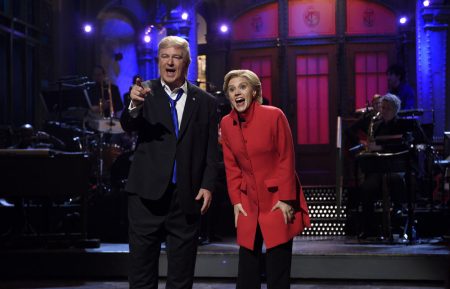Carol Burnett once said "Comedy is tragedy plus time," and if so, then "Saturday Night Live" (NBC, 1975- ) star Darrell Hammond has waited long enough. The only child of an unstable housewife and a World War II veteran, Hammond suffered an emotionally and physically abusive childhood, the scars of which haunted him into adulthood. He developed an ear for mimicry, using his natural comedic talents and eye for observation to help soften his mother's rage, and later studied broadcasting at the University of Florida in Gainesville.
Though an initial move to New York City ended in him returning to Florida, Hammond returned a few years later and caught the eye of "SNL" executive producer Lorne Michaels. After joining the legendary sketch series in 1995, Hammond's impressions of everyone from Bill Clinton and Sean Connery to Dick Cheney and Chris Matthews made him one of the show's core performers.
Outside of "SNL," Hammond appeared in the Judd Apatow-written "Celtic Pride" (1996) and the ill-conceived "Blues Brothers 2000" (1999); lent his voice to the animated film "The King and I" (1999); and even wrote and starred in his own 2000 Comedy Central stand-up special. But his success wasn't enough to heal his painful past; he struggled with drugs and alcohol and cut himself on a regular basis. A revolving door of psychiatrists and mental hospitals led to him and his wife divorcing in 1994, only to remarry three years later. Hammond's star kept rising even as he was falling; in between flashbacks and drug relapses he appeared on such shows as "Primetime Glick" (Comedy Central, 2001-03); made his Broadway debut in 2007 in "The 25th Annual Putnam County Spelling Bee;" and was cast in a recurring role on the legal thriller "Damages" (FX 2007-2010, Audience Network 2011-12). The release of his 2011 memoir, "God, If You're Not Up There, I'm F*cked," drew widespread acclaim and signaled a turning point for the troubled but talented actor. He has been knocked down, but Hammond keeps getting up again.
Born and raised in Melbourne, FL, Hammond grew up in a destructive home; his father Max was a World War II vet who never left the battlefield; and his mother, Margaret, carried her own traumatic childhood into her marriage and mothering. Hammond's brutal physical and emotional abuse lasted for years, and the only time he felt safe was in the afternoons spent impersonating neighbors with his mother. In an ironic twist of fate, his coping mechanism became his greatest strength. He lettered in both baseball and football at Melbourne High School, and briefly attended community college before transferring to the University of Florida, Gainesville to study broadcasting. Encouraged by a professor to further develop his comedic talents, Hammond started auditioning, and in 1989 was hired as the warm-up comic for a taping of the MTV game show "Remote Control" (1987-1990), hosted by future "SNL" castmate Colin Quinn. Though the gig was a flop, Hammond decided New York City was where he needed to be, and he and his wife Elizabeth, whom he married in 1986, went north. After a a few luckless years in NYC, Hammond moved back to Florida and started working the night shift at a local radio station. That led to another job as a voice actor, and from there Hammond realized he had the talent to make it as an impressionist.
One trip back to New York City later (without Elizabeth, whom he had divorced in 1994), and Hammond was discovered by "SNL" producers Marci Klein and Lorne Michaels, who auditioned the young comic twice before hiring him in 1995. Though he was part of a talented cast that included Will Ferrell and Jim Breuer, Hammond's spot-on impressions of a suave Bill Clinton quickly made him an "SNL" MVP. He often suffered from debilitating flashbacks and was heavily medicated as well as self-harming, but save for Michaels and a few key producers, none of Hammond's castmates were aware of his routine trips to mental hospitals and out-patient centers. Shortly after joining "SNL," Hammond, who had re-married ex-wife Elizabeth in 1997, branched out into film with mixed results.
He landed a small role in "Celtic Pride," starring fellow SNL-er Dan Aykroyd; was featured in "Blues Brothers 2000," the widely-panned sequel to the original "SNL" movie spin-off; and lent his voice to the animated "The King and I." But even as his movie career stalled, Hammond's status as "SNL"'s pre-eminent impressionist grew. The 2000 presidential election saw Hammond debut his professorial Al Gore, and subsequent seasons saw him take on Dick Cheney, Geraldo Rivera, Sean Connery and others with his trademark dry wit and detailed mannerisms. Comedy Central offered him a solo special in 2000, and Hammond took his in-demand impressions on numerous talk shows and comedy series, including "SNL" alum Martin Short's purposefully annoying "Primetime Glick." After a string of minor film roles, the late 2000s saw Hammond take his comedic talents even further.
In 2007 he was cast as Vice Principal Panch in the Tony-winning musical "The 25th Annual Putnam County Spelling Bee," and during the 2008 presidential election he debuted his John McCain impression. Hammond had long declined to take on the former P.O.W., out of respect to McCain's war-torn past, but felt more comfortable after having made a deathbed peace with his long-estranged father. He regularly appeared on "Saturday Night Live: Weekend Update Thursday" (NBC, 2008-09) and by the time he announced his departure in 2009, Hammond had broken several "SNL" records, including longest-running performer (14 seasons) and most impressions (105). The following years found Hammond testing himself in both his personal and creative endeavors. In 2009 he joined the cast of the critically-acclaimed "Damages" as The Deacon, a shadowy legal fixer, and made several cameo appearances on "SNL" as bronzed blowhard Donald Trump.
He published his autobiography "God, If You're There, I'm F*cked" in 2011, which detailed his decades-long battle with substance abuse and posttraumatic stress disorder.




